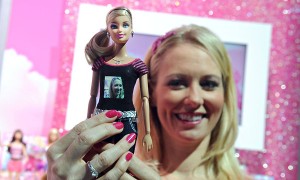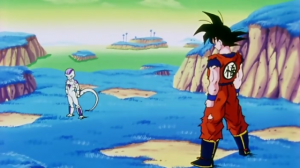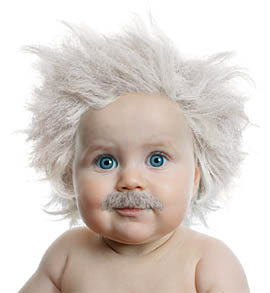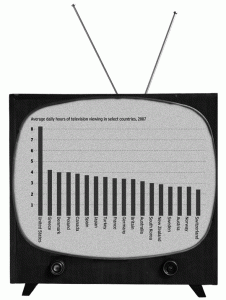Justice Sonia Sotomayor Appears on Sesame Street
Before the lecture, I had no idea that Sesame Street’s purpose was to help disadvantaged children and foster diversity. After the lecture, however, it started making sense. I noticed in retrospect that there was more diversity on Sesame Street than I was used to seeing on television at the time. <a href=”http://www.huffingtonpost.com/lisa-mcelroy/justice-sotomayor-sesame-street_b_1288984.html“>Huffington Post</a> recently had a news story on its website’s “Parents” section that highlighted Supreme Court Justice Sonia Sotomayor’s guest appearance on the show recently. The episode actually aired “two weeks ago” at the time of the publishing of the article, which was February 20, 2012. In the episode, Justice Sotomayor came in to settle a dispute between Baby Bear and Goldilocks. Justice Sotomayor had to rule on whether Goldilocks should have to fix Baby Bear’s chair, which was broken when she snuck into the three bears’ home. She also answered questions from the muppet characters about what a Justice does, and why there are rules in the first place. She also had a chat in Spanish with Maria over coffee. I thought it was interesting that the Sesame Street writers were able to incorporate that kind of diversity, language and teach the children about how the Judicial system of the United States government works. After discussing the complaints against Sesame Street, it was very interesting to see how the minds behind the show are taking steps to make sure all of these areas are properly covered. On another level, it also shows children that the Supreme Court Justices are not superhuman, and in many ways, live very normal lives.




